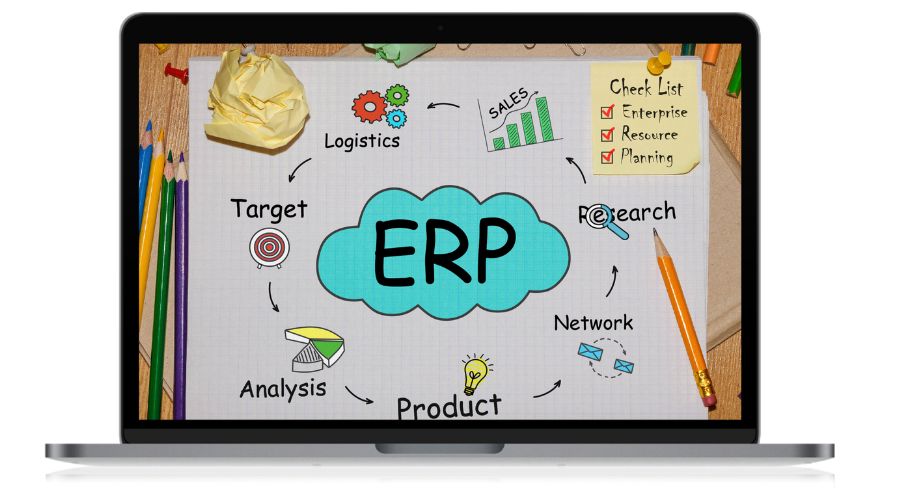What Is An Order Management System?
An Order Management System (OMS) is a useful solution, allowing companies to manage customer orders from the beginning to the end. It helps manage what’s in stock and monitors shipments. To find the Best Order Management System, look for features like real-time tracking, easy payment options, and inventory control, all based on the specific needs of your business.
How an Order Management System Works
An Order Management System for Small Businesses is an essential application that helps the owner of the business to address orders from the time they are received to the time that the order is delivered. Every time a customer orders a product, the database updates the product's status, reduces the amount, and notifies the packaging department to handle the order.
When a customer orders anything, the system determines whether the item is in stock. If it is available, the system updates the inventory, allowing the firm know how many products are left. The order is subsequently forwarded for packing and delivery. The system controls the package preparation process as well as the shipment process in general.
Throughout the process, the consumer can receive updates, such as when the order is processed, packed, sent, and delivered. This helps to eliminate confusion and promotes clear communication with customers.
This type of approach is particularly beneficial to small businesses. It saves time by consolidating everything in one location, prevents problems like double booking or running out of stock, and makes it easier to manage multiple orders at once. An order management system for small businesses means that an owner can concentrate on business expansion while ensuring that customers receive orders at the right time, and with minimal stress.

Features of an Order Management System
An Order Management System offers many features that help businesses handle customer orders smoothly. The following are the elements that define an order management system below highlighted for clarity:
1. Inventory Management:
It is also useful to various businesses in determining the number of products that are in stock. It helps products to be in stock and notifies the business when it is time to restock.
2. Multichannel Integration:
An Order Management System can connect to different sales platforms, like online stores, mobile apps, or physical shops, to gather all orders in one place. This makes it easy to manage orders from different sources without confusion.
3. Analytics and Reporting:
This feature offers report and analysis on sales, customers, and stock. It helps companies to identify the products that are popular, manage performance, and make changes that are beneficial for the company.
4. Order Management:
This is the core function of the system. This contains all parameters from the receipt of an order to the delivery of the product, thus enhancing on the order process.
5. Order Placement:
It allows clients to submit orders to a reservoir through websites, applications, and in-store systems, without disruption.
6. Order Processing:
Once an order is completed, it looks for the stock availability of the product and records the order as stored, packaged, shipped, and delivered.
7. Order Tracking:
Both the business and the customer can track the order status. This feature shows when the order is processed, shipped, and delivered, ensuring transparency.
8. Real-Time Information:
The system has current information on order, inventory and shipment. This enables firms to make quick decisions and inform clients about the progress of their orders.
9. Shipping and Receiving:
This feature involves choosing a shipping company, entering shipping details, tracking the shipment right up to delivery of the product to the customer. It also manages returns or receiving stock.
10. Payment Collection:
The system integrates secure payment options, allowing customers to pay easily. It also enables businesses to manage the payment systems, the collection, making a smooth transaction.
These features make the best order management system must-have to manage customer orders effectively and deliver outstanding customer experience.
Conclusion:
Therefore, an Order Management System (OMS) is a very effective tool that should be adopted by any organization, especially small business. It helps in organizing and coordinating the order of products, including inventory, shipping, and collection of payments. Such features like real-time tracking, multichannel integration, and analytics in an OMS guarantee that orders are well managed, minimizing errors that are detrimental to the satisfaction of customers. The best order management system ensures proper and accurate order processing and delivery and allows companies to concentrate on growth and customer satisfaction.































































